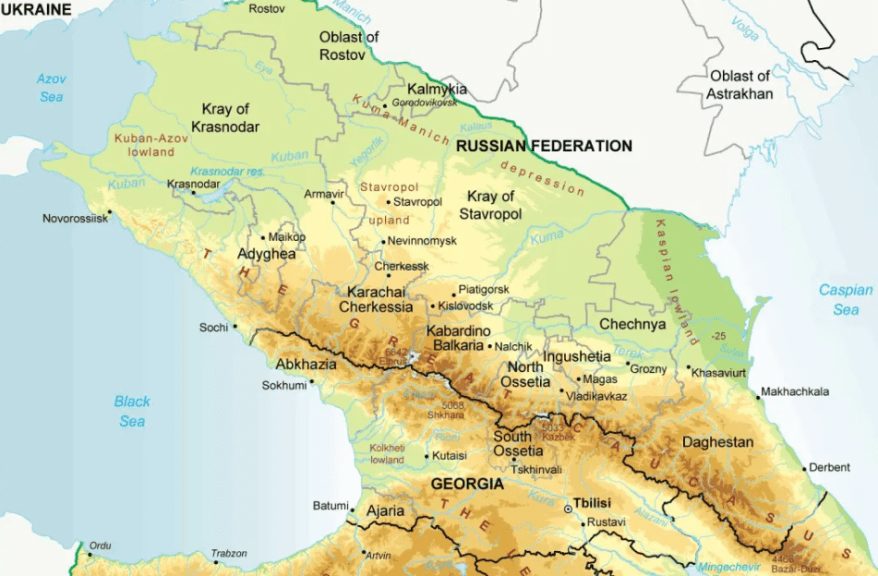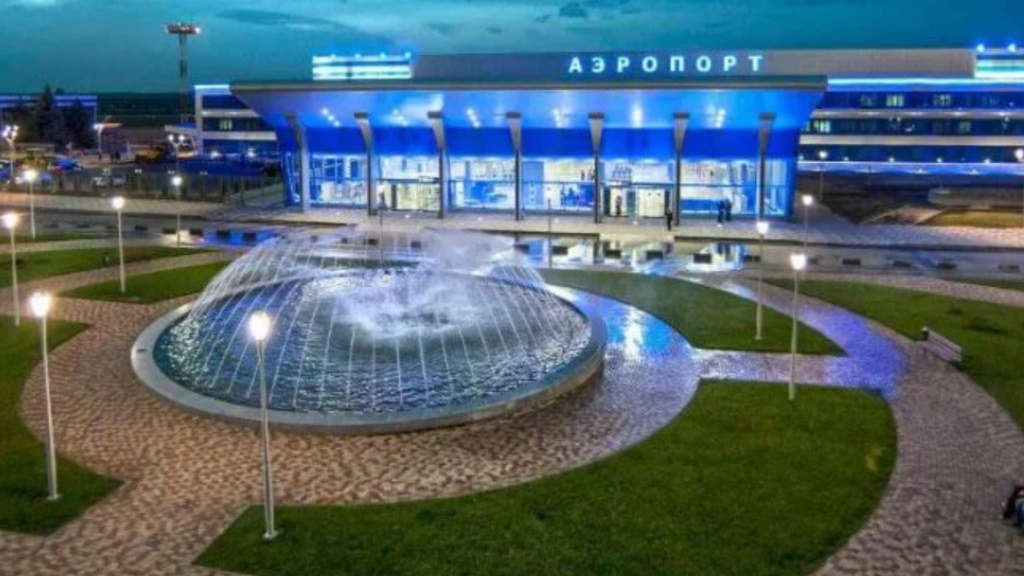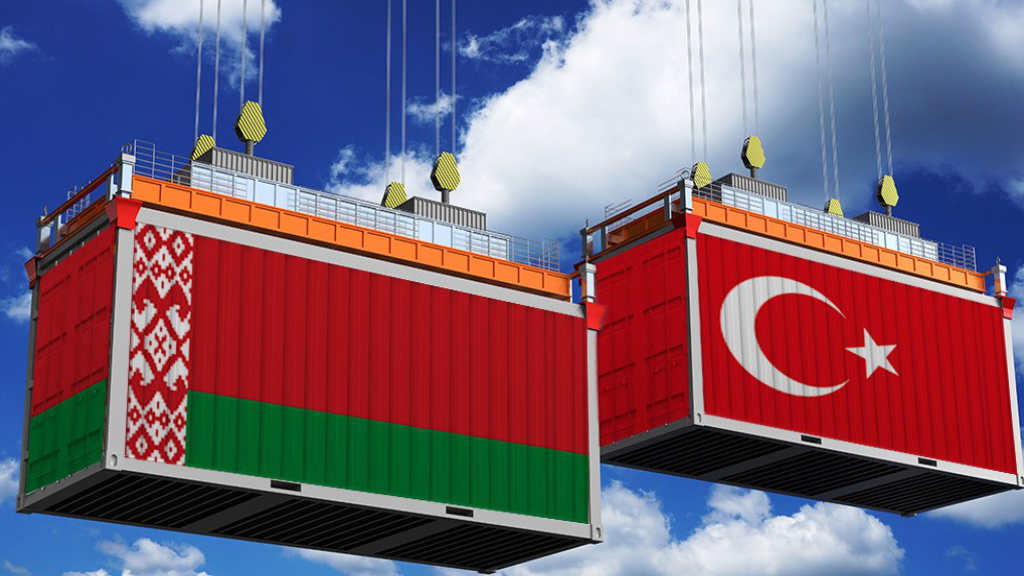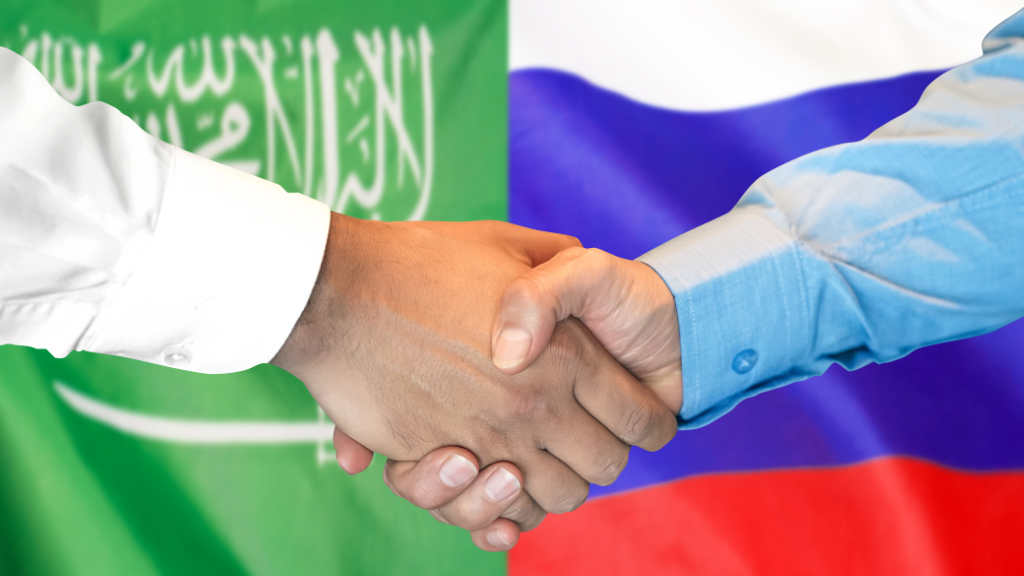Russia opened a new terminal at Mineralnye Vody International Airport. All domestic flights are now serviced in the new terminal.
Mineralnye Vody is located in the Stavropol Territory in the North Caucasus on the Kuma River and the main railway line between Rostov-on-Don and Baku, the capital of Azerbaijan. It is the largest aviation hub in the North Caucasus region of Russia. The geography of flights from Mineralnye Vody includes about 70 destinations, of which more than 20 are foreign.
As of 2024, the airport’s capacity was 240 flights per day, 1,650 people per hour for domestic flights and 240 people per hour for international flights. After re-equipping the existing arrival and departure terminals to serve passengers on international flights, the capacity will increase to 720 passengers per hour. On international and domestic flights, the new terminal will increase capacity to 3,120 passengers per hour.
There are now almost 43,000 square metres of landscaped grounds surrounding the airport, while charging stations for electric cars have been installed on the station square. Airport General Director Roman Chuev emphasised that most of the equipment installed in the terminal complex is Russian-made.
The terminal was created with the financial support of VEB.RF, the Russian state development corporation providing financing for social and economic projects, and Sberbank, via state project financing.

Infrastructure modernisation continues across other Russian regions as part of the new national “Efficient Transport System” project. In 2023 alone, seven airport passenger terminals were commissioned, and runway renovations were completed in Kemerovo and Tomsk. Since the beginning of 2025, three new airport terminals have opened, in Novokuznetsk, Tyumen, and Petropavlovsk-Kamchatsky.
Russia has allocated ₽250 billion (US$3.1 billion) has been allocated for airport infrastructure upgrades, which will finance the full redevelopment of more than 50 Russian airports over the next six years.
Further Reading






